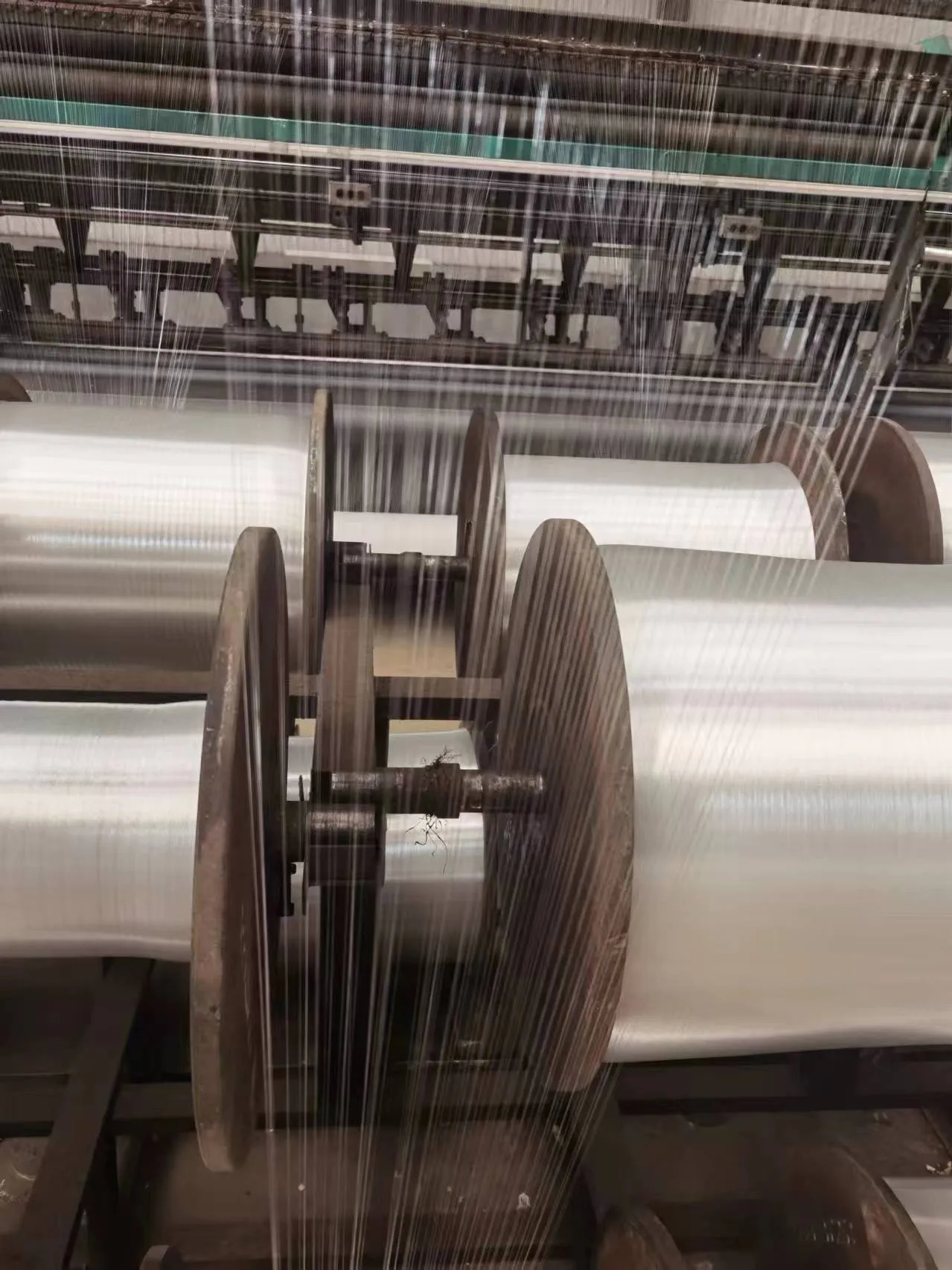-
 Afrikaans
Afrikaans -
 Albanian
Albanian -
 Amharic
Amharic -
 Arabic
Arabic -
 Armenian
Armenian -
 Azerbaijani
Azerbaijani -
 Basque
Basque -
 Belarusian
Belarusian -
 Bengali
Bengali -
 Bosnian
Bosnian -
 Bulgarian
Bulgarian -
 Catalan
Catalan -
 Cebuano
Cebuano -
 China
China -
 Corsican
Corsican -
 Croatian
Croatian -
 Czech
Czech -
 Danish
Danish -
 Dutch
Dutch -
 English
English -
 Esperanto
Esperanto -
 Estonian
Estonian -
 Finnish
Finnish -
 French
French -
 Frisian
Frisian -
 Galician
Galician -
 Georgian
Georgian -
 German
German -
 Greek
Greek -
 Gujarati
Gujarati -
 Haitian Creole
Haitian Creole -
 hausa
hausa -
 hawaiian
hawaiian -
 Hebrew
Hebrew -
 Hindi
Hindi -
 Miao
Miao -
 Hungarian
Hungarian -
 Icelandic
Icelandic -
 igbo
igbo -
 Indonesian
Indonesian -
 irish
irish -
 Italian
Italian -
 Japanese
Japanese -
 Javanese
Javanese -
 Kannada
Kannada -
 kazakh
kazakh -
 Khmer
Khmer -
 Rwandese
Rwandese -
 Korean
Korean -
 Kurdish
Kurdish -
 Kyrgyz
Kyrgyz -
 Lao
Lao -
 Latin
Latin -
 Latvian
Latvian -
 Lithuanian
Lithuanian -
 Luxembourgish
Luxembourgish -
 Macedonian
Macedonian -
 Malgashi
Malgashi -
 Malay
Malay -
 Malayalam
Malayalam -
 Maltese
Maltese -
 Maori
Maori -
 Marathi
Marathi -
 Mongolian
Mongolian -
 Myanmar
Myanmar -
 Nepali
Nepali -
 Norwegian
Norwegian -
 Norwegian
Norwegian -
 Occitan
Occitan -
 Pashto
Pashto -
 Persian
Persian -
 Polish
Polish -
 Portuguese
Portuguese -
 Punjabi
Punjabi -
 Romanian
Romanian -
 Russian
Russian -
 Samoan
Samoan -
 Scottish Gaelic
Scottish Gaelic -
 Serbian
Serbian -
 Sesotho
Sesotho -
 Shona
Shona -
 Sindhi
Sindhi -
 Sinhala
Sinhala -
 Slovak
Slovak -
 Slovenian
Slovenian -
 Somali
Somali -
 Spanish
Spanish -
 Sundanese
Sundanese -
 Swahili
Swahili -
 Swedish
Swedish -
 Tagalog
Tagalog -
 Tajik
Tajik -
 Tamil
Tamil -
 Tatar
Tatar -
 Telugu
Telugu -
 Thai
Thai -
 Turkish
Turkish -
 Turkmen
Turkmen -
 Ukrainian
Ukrainian -
 Urdu
Urdu -
 Uighur
Uighur -
 Uzbek
Uzbek -
 Vietnamese
Vietnamese -
 Welsh
Welsh -
 Bantu
Bantu -
 Yiddish
Yiddish -
 Yoruba
Yoruba -
 Zulu
Zulu
Cost-Effective Solutions for Apple Growers Using Anti-Hail Nets to Protect Crops
The Economic Impact of Anti-Hail Nets on Apple Prices
In recent years, the agricultural sector has witnessed various innovative techniques aimed at protecting crops from environmental threats. One such advancement is the anti-hail net, a protective measure that is gaining traction among apple growers. This article delves into the economic implications of using anti-hail nets, particularly how they influence apple prices.
The Economic Impact of Anti-Hail Nets on Apple Prices
The implementation of anti-hail nets can have a notable effect on the overall quality of the apples produced. Apples that are protected from hail typically exhibit fewer blemishes and deformities. As consumers increasingly demand high-quality produce, this improvement in quality can enhance a farm’s marketability. Premium-grade apples fetch higher prices in the marketplace, thereby potentially increasing the farm's profitability. This direct correlation between quality and price underscores the economic benefits of investing in anti-hail technology.
anti hail net for apple price

Moreover, the investment in anti-hail nets can lead to increased supply reliability. With more consistent yields, growers can predict their harvest quantities more accurately, which enables them to refine their marketing strategies. Apple prices often fluctuate based on supply and demand dynamics; thus, a steady supply can mitigate drastic price drops during peak harvest seasons. Farmers with anti-hail nets can ensure a more consistent flow of high-quality apples, stabilizing their income and allowing for better financial planning.
However, the cost of installing anti-hail nets is substantial and varies depending on orchard size and local climate conditions. Farm operators must weigh these initial investments against the potential long-term economic benefits. In regions where hail is a frequent occurrence, the cost of damage caused without protection can quickly accumulate. Over time, the benefits of reduced crop loss and enhanced product quality may outweigh the initial expense of the nets. Additionally, as consumers become more quality-conscious, the demand for premium apples could further justify this investment, leading to a shift in price strategies across the market.
Furthermore, anti-hail nets can also contribute to sustainable farming practices. By reducing the need for chemical interventions to mitigate damage, they align with environmentally-conscious agricultural practices. This not only appeals to a growing demographic of eco-aware consumers but may also qualify growers for certain sustainability certifications, potentially raising their market value.
In conclusion, the adoption of anti-hail nets in apple farming presents multiple advantages that can positively impact apple prices. From protecting crops against hail damage to enhancing apple quality and ensuring stable supply levels, these nets offer a strategic economic advantage for growers. While the initial investment may be daunting, the potential for improved profitability and market position is significant. As the agricultural industry continues to innovate, the adoption of such protective measures reflects a promising future for apple cultivation, securing both the livelihoods of farmers and the quality of produce available to consumers.
-
Shipping Plastic Bags for Every NeedNewsJul.24,2025
-
Safety Netting: Your Shield in ConstructionNewsJul.24,2025
-
Plastic Mesh Netting for Everyday UseNewsJul.24,2025
-
Nylon Netting for Every UseNewsJul.24,2025
-
Mesh Breeder Box for Fish TanksNewsJul.24,2025
-
Expanded Steel Mesh Offers Durable VersatilityNewsJul.24,2025











